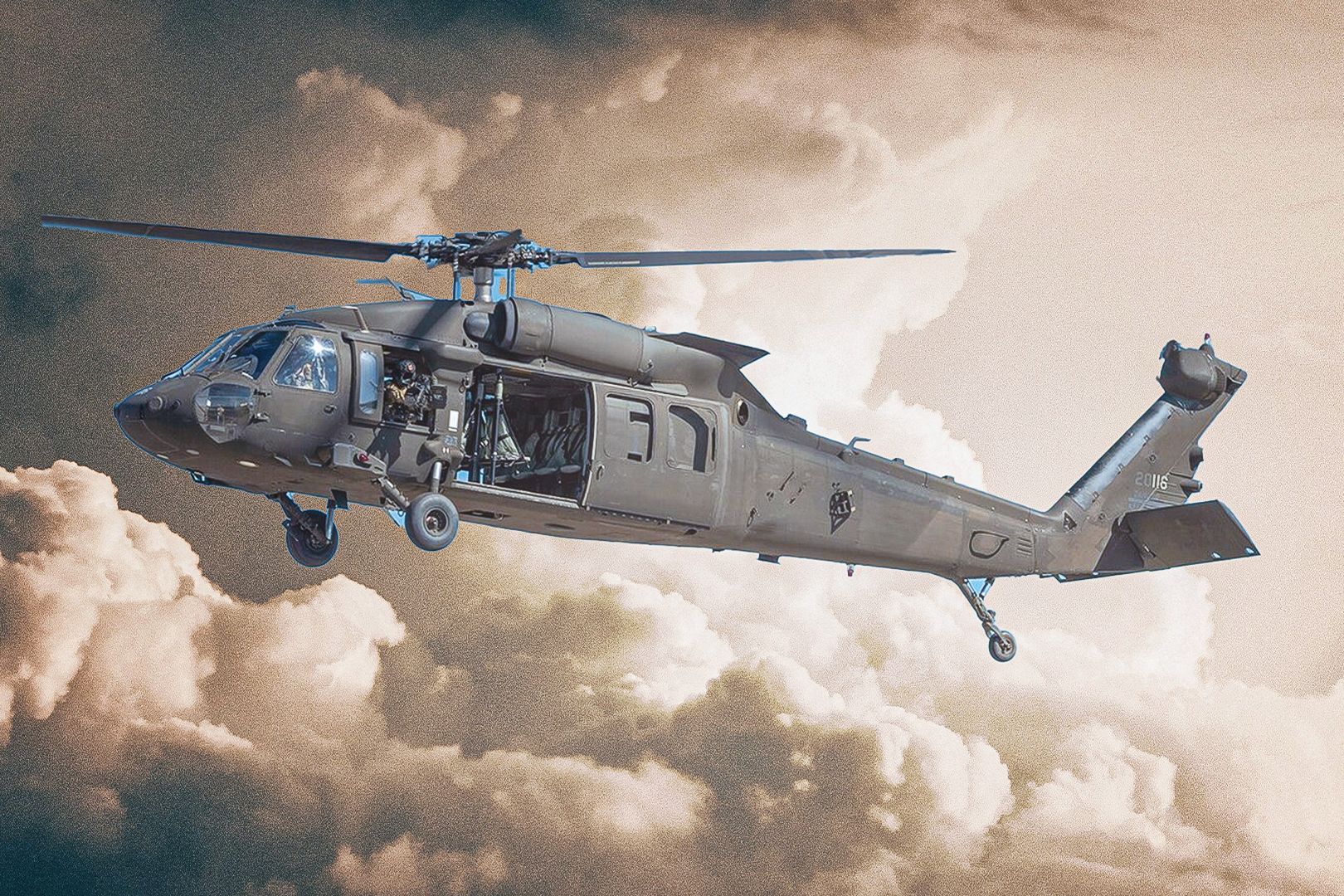
Black Hawk: A Warrior’s Last Stand for His Ancestral Homeland
In the annals of American history, few figures embody the tragic collision of cultures and the relentless march of Manifest Destiny quite like Black Hawk. Not a chief by hereditary right but a revered warrior and spiritual leader, Ma-ka-tai-me-she-kia-kiak, as he was known to his people, became a symbol of defiant resistance against the encroaching tide of white settlement. His name, etched into the landscape of Illinois and Wisconsin, recalls a final, desperate struggle for a way of life, a home, and a heritage that was slipping away.
To understand Black Hawk is to understand the Sauk and Meskwaki (Fox) people – a confederation of Algonquin-speaking tribes whose ancestral lands stretched across what is now Illinois, Wisconsin, Iowa, and Missouri. Born in 1767 in the village of Saukenuk, near the confluence of the Rock and Mississippi Rivers, Black Hawk grew up steeped in the traditions of his people. Saukenuk was no mere settlement; it was a vibrant, spiritual center, a place of fertile fields, abundant hunting grounds, and the burial sites of generations. It was the heart of their world.

From a young age, Black Hawk proved himself a capable warrior, earning his first scalp at 15. He participated in numerous raids and skirmishes against rival tribes like the Osage and Cherokee, solidifying his reputation. Yet, his life was not solely defined by combat. He was a devoted family man, a respected member of his community, and deeply committed to the spiritual practices that bound his people to their land. His early life unfolded against a backdrop of increasing American presence, a presence that would soon threaten the very existence of Saukenuk.
The Seeds of Conflict: A Treaty Misunderstood
The root of Black Hawk’s ultimate struggle lies in the infamous Treaty of St. Louis, signed in 1804. Negotiated by William Henry Harrison, then governor of the Indiana Territory, the treaty purported to cede vast tracts of Sauk and Meskwaki land, including Saukenuk, to the United States. However, Black Hawk vehemently rejected its legitimacy. He argued that the few Sauk representatives who signed it were not authorized to do so, had been plied with whiskey, and misunderstood the concept of land ownership as the Americans presented it. For the Sauk, land was not a commodity to be bought and sold; it was a sacred trust, held in common for future generations.
"My reason teaches me that land cannot be sold," Black Hawk wrote in his autobiography, Life of Ma-ka-tai-me-she-kia-kiak, or Black Hawk, dictated to Antoine LeClaire and translated by J.B. Patterson. "The Great Spirit gave it to his children to live upon, and cultivate, as far as is necessary for their subsistence; and so long as they occupy and cultivate it, they have a right to the soil – but if a man has more land than he can cultivate, let him give it to him who has none." This fundamental difference in worldview formed an unbridgeable chasm.
The War of 1812 further complicated matters. Black Hawk, seeing the Americans as the greater threat to his people’s sovereignty and way of life, allied with the British and the pan-Indian confederacy led by the Shawnee prophet Tecumseh. He fought alongside Tecumseh at the Battle of the Thames, where Tecumseh was killed, leaving a profound impact on Black Hawk. This alliance reinforced his distrust of the United States and solidified his belief that resistance, sometimes violent, was necessary for survival.
Two Paths Diverge: Accommodation vs. Resistance
Following the War of 1812, the pressure on the Sauk and Meskwaki intensified. American settlers, fueled by the doctrine of "Manifest Destiny" – the belief in America’s divinely ordained right to expand westward – poured into the ceded territories. While some Sauk leaders, notably Keokuk, advocated for accommodation and moving west of the Mississippi to avoid conflict, Black Hawk remained steadfast in his refusal to abandon Saukenuk. He led what became known as the "British Band," a faction of around 800 people, including women, children, and elders, who clung to their ancestral home.
The years between 1816 and 1832 were marked by escalating tensions. Squatters moved onto Sauk lands, plowing over cornfields, desecrating burial grounds, and building homes in Saukenuk. Black Hawk’s band faced starvation and harassment. Despite the constant provocations, Black Hawk sought peaceful resolution, appealing to local agents and even President Andrew Jackson. But his pleas fell on deaf ears. The US government maintained that the 1804 treaty was valid and that the Sauk had no right to remain east of the Mississippi.

"We had been so long together that we lived like one family," Black Hawk wrote, describing the unity of his band. "We were happy. But the white people wanted our country, and they made quarrels among us." This internal division, between Keokuk’s more pragmatic approach and Black Hawk’s unwavering resolve, further weakened the Sauk’s position.
The Black Hawk War: A Tragic Inevitability
The spring of 1832 brought the crisis to a head. Despite repeated warnings from US authorities, Black Hawk, with his British Band, crossed the Mississippi River back into Illinois, intending not to wage war, but to plant corn and reclaim their spiritual home. He hoped to secure the aid of other tribes and perhaps even the British, a desperate gamble that proved fruitless.
His return ignited panic among white settlers. Governor John Reynolds of Illinois called up the militia, and regular army troops were dispatched. The ensuing conflict, known as the Black Hawk War, was brief, brutal, and utterly devastating for Black Hawk’s people.
An early skirmish, known as Stillman’s Run, saw a small force of inexperienced Illinois militia flee in disarray from Black Hawk’s warriors, giving the Sauk a momentary, yet ultimately false, sense of hope. This minor victory, however, only hardened the resolve of the American forces, which included future presidents Abraham Lincoln and Zachary Taylor, and future Confederate president Jefferson Davis.
The war devolved into a relentless pursuit. Black Hawk’s band, burdened by non-combatants, was constantly on the move, facing starvation and disease. The decisive and tragic end came on August 2, 1832, at the Battle of Bad Axe. As Black Hawk’s exhausted band attempted to cross the Mississippi River into Iowa, they were ambushed by American troops and a US Navy steamboat. The ensuing massacre was horrific. Men, women, and children were cut down as they tried to swim to safety. Hundreds perished, and the British Band was virtually annihilated.
"It was a dreadful sight to witness," Black Hawk recounted later, "the women and children screaming, and trying to get to the other bank of the river, while the soldiers were shooting them down."
Imprisonment, Tour, and Legacy
Black Hawk escaped the immediate slaughter but was captured a few weeks later by Winnebago warriors who turned him over to the Americans. He was imprisoned, first at Jefferson Barracks in Missouri, then at Fort Monroe in Virginia.
In an astonishing turn of events, President Andrew Jackson ordered Black Hawk and other captured leaders on a tour of major East Coast cities, including Washington D.C., Baltimore, Philadelphia, and New York. The purpose was to impress upon them the overwhelming power and vastness of the United States. Black Hawk, dressed in traditional attire, became a reluctant celebrity, drawing huge crowds eager to see the "savage" warrior.
During his meeting with President Jackson, Black Hawk famously declared, "Black Hawk is a Sauk. He has done nothing for which an Indian ought to be ashamed. He has fought for his countrymen, the squaws and pappooses, against white men, who came, year after year, to cheat them of their lands, and put them out of their homes."
The tour profoundly affected Black Hawk. He witnessed the immense population, the bustling cities, the technological might of the young nation. "We have seen your cities, your great houses, your big guns, and your soldiers," he observed. "We have heard the thunder of your big guns and the music of your big drums. You are a great people, and we are but a handful. We will go back to our people and tell them what we have seen." He returned to Iowa in 1833, a humbled but not broken man, now resigned to the futility of armed resistance.
Black Hawk spent his remaining years living on a small reservation in Iowa, under the watchful eye of Keokuk. He dictated his autobiography, a groundbreaking work that offered a rare and invaluable first-person account of Native American resistance and perspectives on the American expansion. It allowed him to tell his side of the story, to correct what he saw as misrepresentations, and to leave a record for future generations.
Black Hawk died on October 3, 1838, at the age of 71. His legacy, however, lives on. He is remembered not as a bloodthirsty warmonger, but as a tragic hero, a defender of his people’s rights, and a poignant symbol of the cost of westward expansion. His struggle highlighted the deep cultural misunderstandings and the brutal realities of land dispossession that defined much of 19th-century American history.
His words, recorded for posterity, continue to resonate: "The white men are bad schoolmasters; they carry a school-house in one hand, and a barrel of whiskey in the other; and they teach us that which is not good." Black Hawk’s life serves as a powerful reminder of the human element behind historical events, a testament to the enduring spirit of those who fought to preserve their heritage against overwhelming odds, and a somber reflection on the promises broken and the lands lost in the making of a nation.


